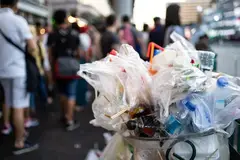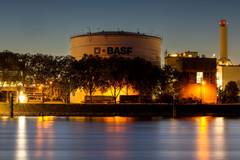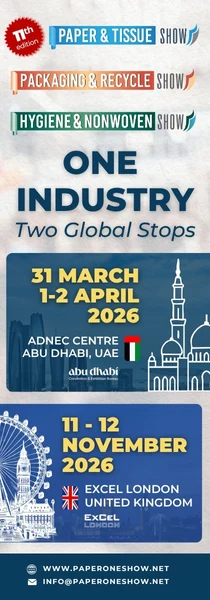KHS and Husky innovate ultralight PET bottle for still beverages
KHS and Husky Technologies have developed one of the lightest PET bottles for still beverages. The bottle requires 30% less material compared to conventional drinking containers and can be manufactured entirely from recycled PET.
Under the working title of Factor 101, KHS leveraged Husky’s injection molding technology and created a container that uses 5.89 g of material to hold 591 mL of product — equivalent to the 20-ounce size common in the US.
“Factor 101 is an excellent example of how we’re combining Husky’s engineering expertise in preform manufacturing with our proficiency in bottle design and production. Our joint aim is to produce a high-quality, high-performing, lighter-weight result than either of us could do working on our own,” says Frank Haesendonckx, head of Stretch Blow Molding Technology at KHS.
Extreme lightweighting
KHS first presented its Factor 100 concept at Drinktec 2017 as a feasibility study that featured a PET bottle weighing approximately 5 g with a capacity of 500 mL. The manufacturing giant has now optimized the product.
The bottle’s designer, Fabian Osterhold, says: “With such extreme lightweighting, what’s known as the top load is especially important. This value tells us how sturdy the bottle is from a vertical perspective. It determines whether the container can be stacked or not and survive transportation undamaged.” The KHS-Husky bottle boasts a 30% material reduction (Image credit: Jörg Schwalfenberg).
The KHS-Husky bottle boasts a 30% material reduction (Image credit: Jörg Schwalfenberg).
Design enhancements
The shoulder design of Factor 101 has been modified and the bottle body reinforced with functional webbing to increase its stability.
KHS also developed a base with a pop-in effect. The base pops inwards when a top load is applied, increasing the internal pressure and stability of the bottle.
Two hundred newtons is a common top load threshold in the industry. KHS says that at 220 newtons, the Factor 101 exceeds this. But it was not sufficient to adapt the container shape to achieve this high value for a PET bottle used for still beverages.
“The preform design also needed to be developed further,” says Osterhold. “This is why KHS joined forces with Husky to harness its expertise in PET preform injection molding systems and services.”
Material challenges and reductions
The stretching factors from blank to bottle and the resulting preform dimensions were crucial in the partnership’s development.
The relation of length to wall thickness is particularly relevant to injection molding. KHS addressed the specifications and feasibility of the stretch blow molder and bottle design, while Husky made the necessary modifications to the preform.
“The focus here was on the exact profiling of the preform made possible by KHS technology,” says Osterhold. “Focus lamps in the heater on our InnoPET Blomax Series V, for example, make for extremely precise temperature profiling directly under the bottle neck ring. This ensures that no material stays unstretched. In turn, this considerably reduces the amount of plastic used.”
“The bottle in this form is of particular relevance to contract fillers who operate under great cost pressure,” says Osterhold.
The prime target markets are the US, the Middle East, and South America. The first projects are currently in preparation.
Factor 101 was first presented by Husky at NPE2024: The Plastics Show in Orlando, US, last year.











